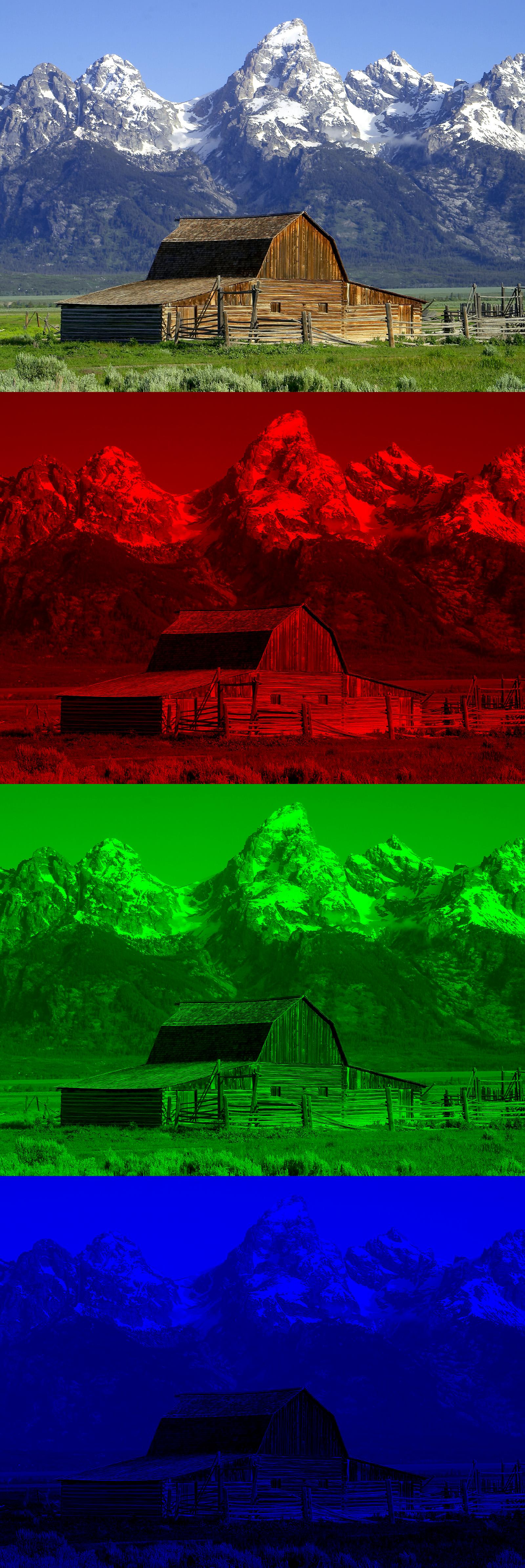|
Tritone (other)
Tritone may refer to: * Tritone (music), or augmented fourth, a dissonant interval of two pitches * Tritone (telephony), or special information tones (SIT), a sequence of three tones played to indicate that a call did not go through * Tritone (printing), an image printing method * An image reproduced using three colors ** RGB color model ** Color television ** Digital camera ** Color printing * Newt, a group of amphibians See also * Tritones (other) Tritones may refer to: * Tritones (mythology) ** Triton (mythology) ** Daimones of the sea, see daemon (classical mythology) The daimon (), also spelled daemon (meaning "god", "godlike", "power", "fate"), denotes an "unknown superfactor", which ... * Triton (other) * Tritonia (other) {{disambig ... [...More Info...] [...Related Items...] OR: [Wikipedia] [Google] [Baidu] |
Tritone
In music theory, the tritone is defined as a interval (music), musical interval spanning three adjacent Major second, whole tones (six semitones). For instance, the interval from F up to the B above it (in short, F–B) is a tritone as it can be decomposed into the three adjacent whole tones F–G, G–A, and A–B. Narrowly defined, each of these whole tones must be a step in the scale (music), scale, so by this definition, within a diatonic scale there is only one tritone for each octave. For instance, the above-mentioned interval F–B is the only tritone formed from the notes of the C major scale. More broadly, a tritone is also commonly defined as any interval with a width of three whole tones (spanning six semitones in the chromatic scale), regardless of scale degrees. According to this definition, a diatonic scale contains two tritones for each octave. For instance, the above-mentioned C major scale contains the tritones F–B (from F to the B above it, also called augment ... [...More Info...] [...Related Items...] OR: [Wikipedia] [Google] [Baidu] |
Tritone (telephony)
In telephony, a special information tone (SIT) is an in-band international standard call progress tone consisting of three rising tones indicating a call has failed. It usually precedes a recorded announcement describing the problem.BOC Notes on the LEC Networks - 1994 Signalling - SR-TSV-002275 Issue 2, April, 1994 Because the SIT is well known in many countries, callers can understand that their call has failed, even though they do not understand the language of the recorded announcement (e.g., when calling internationally) instead of assuming the recording is voicemail or some other intended function. Like a dial tone or busy signal, the SIT is an in-band signal intended both to be heard by the caller, and to be detected by automated dialing equipment to determine a call has failed. In North America, the AT&T/Bellcore SIT standard allows the frequency and duration of the tones to vary slightly - making eight distinct messages specifically for automated equipment; indicating n ... [...More Info...] [...Related Items...] OR: [Wikipedia] [Google] [Baidu] |
Special Information Tones
In telephony, a special information tone (SIT) is an in-band international standard call progress tone consisting of three rising tones indicating a call has failed. It usually precedes a recorded announcement describing the problem.BOC Notes on the LEC Networks - 1994 Signalling - SR-TSV-002275 Issue 2, April, 1994 Because the SIT is well known in many countries, callers can understand that their call has failed, even though they do not understand the language of the recorded announcement (e.g., when calling internationally) instead of assuming the recording is voicemail or some other intended function. Like a dial tone or busy signal, the SIT is an in-band signal intended both to be heard by the caller, and to be detected by automated dialing equipment to determine a call has failed. In North America, the AT&T/Bellcore SIT standard allows the frequency and duration of the tones to vary slightly - making eight distinct messages specifically for automated equipment; indicati ... [...More Info...] [...Related Items...] OR: [Wikipedia] [Google] [Baidu] |
Tritone (printing)
Duotone (sometimes also known as ''Duplex'') is a halftone reproduction of an image using the superimposition of one contrasting color halftone over another color halftone. This is most often used to bring out middle tones and highlights of an image. Traditionally the superimposed contrasting halftone color is black and the most commonly implemented colors are blue, yellow, brown, and red. There are, however, many varieties of color combinations used. Modern use Due to recent advances in technology, duotones, tritones, and quadtones can be easily created using image manipulation programs. Duotone color mode in Adobe Photoshop computes the highlights and middle tones of a monochrome (grayscale or black-and-white) image in one color, and allows the user to choose any color as the second color. Duograph A fake duotone, or duograph, is done by printing a single color with a one-color halftone over it. This process is generally not preferred over a regular duotone, as it loses much ... [...More Info...] [...Related Items...] OR: [Wikipedia] [Google] [Baidu] |
RGB Color Model
The RGB color model is an additive color, additive color model in which the red, green, and blue primary colors of light are added together in various ways to reproduce a broad array of colors. The name of the model comes from the initials of the three additive primary colors, red, green, and blue. The main purpose of the RGB color model is for the sensing, representation, and display of images in electronic systems, such as televisions and computers, though it has also been used in conventional photography and Light-emitting diode#RGB systems, colored lighting. Before the electronic age, the RGB color model already had a solid theory behind it, based in Trichromacy, human perception of colors. RGB is a ''device-dependent'' color model: different devices detect or reproduce a given RGB value differently, since the color elements (such as phosphors or dyes) and their response to the individual red, green, and blue levels vary from manufacturer to manufacturer, or even in the ... [...More Info...] [...Related Items...] OR: [Wikipedia] [Google] [Baidu] |
Color Television
Color television (American English) or colour television (British English) is a television transmission technology that also includes color information for the picture, so the video image can be displayed in color on the television set. It improves on the monochrome or black-and-white television technology, which displays the image in shades of gray (grayscale). Television broadcasting stations and networks in most parts of the world upgraded from black-and-white to color transmission between the 1960s and the 1980s. The invention of color television standards was an important part of the history of television, history and technology of television. Transmission of color images using mechanical scanners had been conceived as early as the 1880s. A demonstration of mechanically scanned color television was given by John Logie Baird in 1928, but its limitations were apparent even then. Development of electronic scanning and display made a practical system possible. Monochrome transmi ... [...More Info...] [...Related Items...] OR: [Wikipedia] [Google] [Baidu] |
Digital Camera
A digital camera, also called a digicam, is a camera that captures photographs in Digital data storage, digital memory. Most cameras produced today are digital, largely replacing those that capture images on photographic film or film stock. Digital cameras are now widely incorporated into mobile devices like smartphones with the same or more capabilities and features of dedicated cameras. High-end, high-definition dedicated cameras are still commonly used by professionals and those who desire to take higher-quality photographs. Digital and digital movie cameras share an optical system, typically using a Camera lens, lens with a variable Diaphragm (optics), diaphragm to focus light onto an image pickup device. The diaphragm and Shutter (photography), shutter admit a controlled amount of light to the image, just as with film, but the image pickup device is electronic rather than chemical. However, unlike film cameras, digital cameras can display images on a screen immediately afte ... [...More Info...] [...Related Items...] OR: [Wikipedia] [Google] [Baidu] |
Color Printing
Color printing or colour printing is the reproduction of an image or text in color (as opposed to simpler black and white or monochrome printing). History of color printing Woodblock printing on textiles preceded printing on paper in both East Asia and Europe, and the use of different blocks to produce patterns in color was common. The earliest way of adding color to items printed on paper was by hand-coloring, and this was widely used for printed images in both Europe and East Asia. Chinese woodcuts have this from at least the 13th century, and European ones from very shortly after their introduction in the 15th century, where it continued to be practiced, sometimes at a very skilled level, until the 19th century—elements of the official British Ordnance Survey maps were hand-colored by boys until 1875. Early European printed books often left spaces for initials, rubrics and other elements to be added by hand, just as they had been in manuscripts, and a few early printe ... [...More Info...] [...Related Items...] OR: [Wikipedia] [Google] [Baidu] |
Newt
A newt is a salamander in the subfamily Pleurodelinae. The terrestrial juvenile phase is called an eft. Unlike other members of the family Salamandridae, newts are semiaquatic, alternating between aquatic and terrestrial habitats. Not all aquatic salamanders are considered newts, however. More than 100 known species of newts are found in North America, Europe, North Africa and Asia. Newts metamorphose through three distinct developmental life stages: aquatic larva, terrestrial juvenile (eft), and adult. Adult newts have lizard-like bodies and return to the water every year to breed, otherwise living in humid, cover-rich land habitats. Newts are threatened by habitat loss, habitat fragmentation, fragmentation and pollution. Several species are endangered, and at least one species, the Yunnan lake newt, has become extinct recently. Etymology The Old English name of the animal was , (of unknown origin), resulting in Middle English ; this word was transformed irregularly into , ... [...More Info...] [...Related Items...] OR: [Wikipedia] [Google] [Baidu] |
Tritones (other)
Tritones may refer to: * Tritones (mythology) ** Triton (mythology) ** Daimones of the sea, see daemon (classical mythology) The daimon (), also spelled daemon (meaning "god", "godlike", "power", "fate"), denotes an "unknown superfactor", which can be either good or hostile. In ancient Greek religion and Greek mythology, mythology a daimon was imagined to be a lesser ... See also * Tritone (other) * Tritons, several * Triton (other) * Tritonia (other) {{disambig ... [...More Info...] [...Related Items...] OR: [Wikipedia] [Google] [Baidu] |
Triton (other)
Triton commonly refers to: * Triton (mythology), a Greek god * Triton (moon), a satellite of Neptune Triton may also refer to: Biology * Triton cockatoo, a parrot * Triton (gastropod), a group of sea snails * ''Triton'', a synonym of '' Triturus'', a genus of newts Companies * Triton, a bass boat manufacturer * Triton (fashion), a Brazilian fashion brand owned by Colcci * Triton Airlines, a Canadian airline operating from 1993 to 1994 * Triton Digital * Triton Energy Limited, an American oil and natural gas exploration and production company * Triton Media Group, owner of radio stations * Triton Showers, the UK's largest manufacturer of electric showers * Triton Submarines, an American manufacturer of private submarines * Triton Systems, a manufacturer of automated teller machines Film and television * ''Triton'' (1961 TV series), a BBC television adventure series * ''Triton'' (1968 TV series), a BBC television adventure series, remake of the earlier show Fountains * ... [...More Info...] [...Related Items...] OR: [Wikipedia] [Google] [Baidu] |





